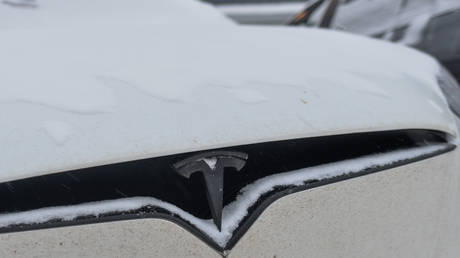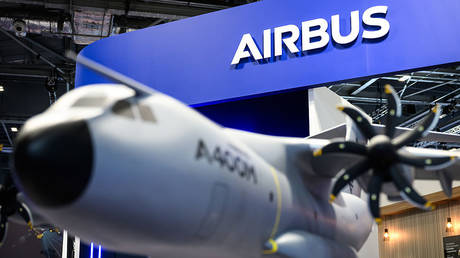
Motorists were stuck in long lines at Tesla Supercharger stations thanks to plummeting temperatures
Frigid winter weather in Chicago has caused major malfunctions at Tesla charging stations across the city, leaving drivers stranded at a series of “Tesla graveyards,” unable to power up their electric vehicles.
Tesla owners were seen waiting in lengthy lines in the Chicago area as temperatures dipped to near 0 degrees fahrenheit (-17C) in recent days, with some even abandoning their cars after finding they would not take a charge.
“Nothing. No juice. Still on zero percent,” Chicago resident Tyler Beard told a local Fox affiliate, adding that his vehicle has been stranded at a Tesla Supercharger site since Sunday afternoon.
While it typically takes around 45 minutes to charge up most Tesla models, driver Brandon Welbourne said he waited for more than five hours with no luck.
Dozens of other motorists were also stuck at the charging station in the Chicago suburb of Oak Brook, the Fox affiliate reported. Tesla owner Chalis Mizelle – who was forced to abandon her vehicle and get a ride from a friend – called the situation “crazy” and “a disaster.”
“We got a bunch of dead robots out here,” another man told the outlet.
Cold weather can have a significant impact on electric vehicles, causing major reductions in the driving range for many models, among other malfunctions. A review of 18 popular electric cars by EV analytics firm Recurrent found that freezing conditions led to a 70% drop in driving range on average, with Tesla’s Model S among the worst-performing vehicles.
“Chemical and physical reactions in the battery occur more slowly in cold temperatures. Cold temperatures inhibit chemical reactions and act as resistance that slows down the physical processes. This reduces the EVs available power,” the analysis said.
Though Tesla has yet to address the latest series of technical failures in Chicago and beyond, the company’s “Cold Weather Best Practices” guide recommends that drivers pre-heat their vehicles to ensure batteries reach the “optimal” temperature for charging.




